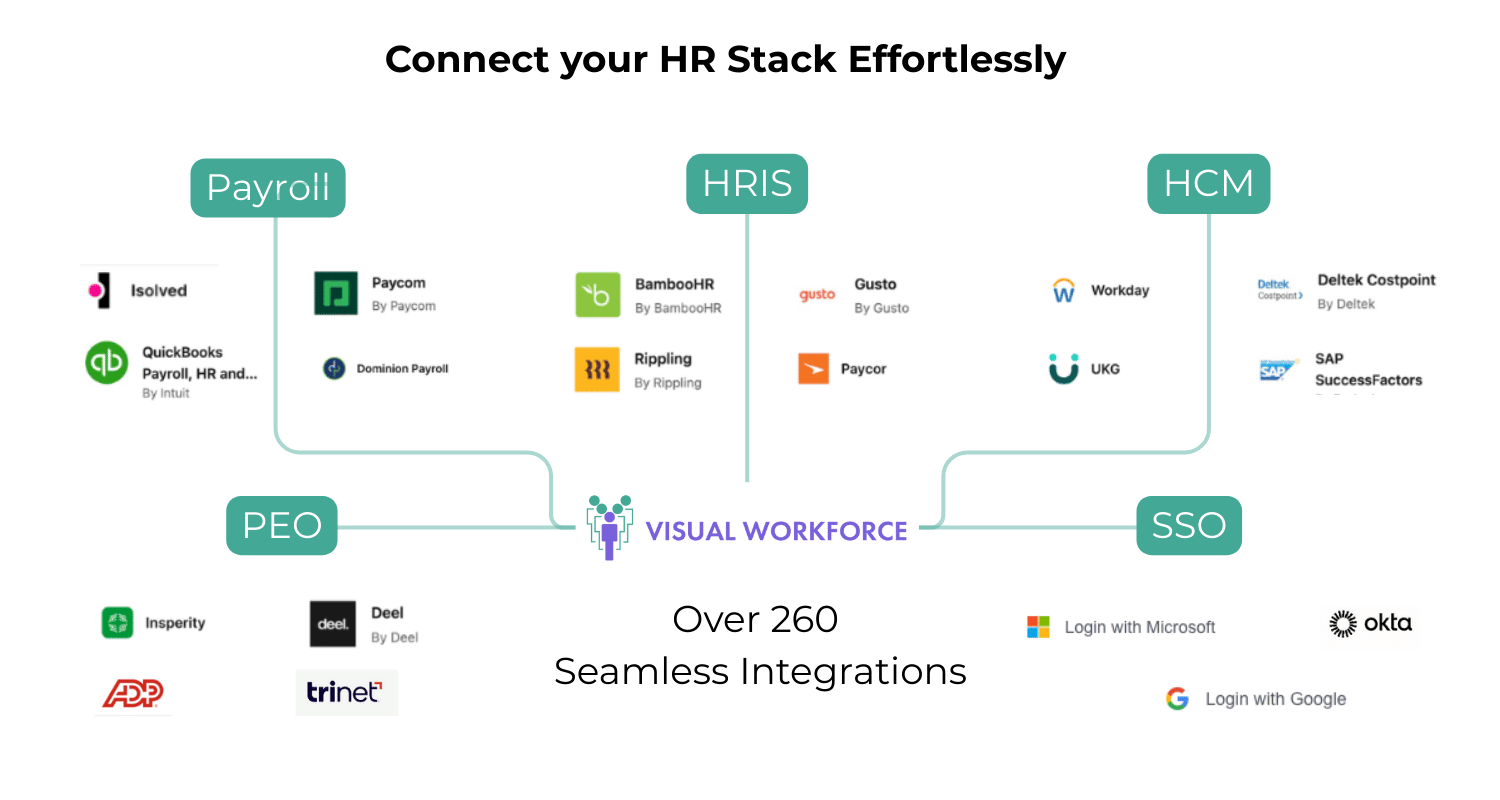6 Tips for Building Better Project Teams
Your projects have an immediate and long-term effect on the health and success of your organization. You need projects to be completed on-time, on-budget, and the result has to work. Simply put, the life of your organization depends on it. The people you place on your project teams will make or break your project results. Selecting the right people with the right skills is not an exact science, but you can always improve your decisions using data.
Here are 6 ways to use data to build better project teams.
1 | Project Requirements
You need to identify your project’s scale, scope, deadlines, and budget. Scale is the size of the project, small, medium or large. Scope identifies the project deliverables. Deadlines identify any deadlines already set, for example, the date a new product goes live. Budget identifies the cost limit. No project is undertaken in business without crunching the numbers first.
You may not think these project requirements have much to do with people directly, but they do. This information tells you what kind of team you can afford, both in time and money, to put together.
Combining the current project requirements with any historical data from similar past projects can help you more accurately predict the size team you need, the level of expertise, the duration they will be needed, how much of their time needs to be dedicated to the project, and if the proposed budget can actually support the project.
2 | Identifying Team Roles
Once you understand your project requirements the outline of your team starts to become clear. Historical project data can provide clarity and depth on the team roles you will need to complete the project. Your list most likely will not be complete, but high-level and even mid-level team roles will become clear. You will also get a sense of where in the organization you need to pull team members and for how long you will need them.
3 | Identifying Needed Skills
Now you need to identify the skills, both hard and soft, that you will need for each team role.
Hard skills are easily identified for most projects. Soft skills take more work. If you need help identifying soft skills check the job descriptions in your organization. It’s also worth taking the time to outline soft skills for team roles. You will need them later in your project analysis.
4 | Identifying Potential Candidates
After identifying the hard and soft skills you need for each team role, you have essentially created a project job description that you need to fill. Compare each role’s job description with the current skill profiles of each existing employee and you will get a list of potential candidates for your team.
By current skills profile, we mean comparing not only previously demonstrated hard skills, but also training and interests. Has someone expressed interest in managing a project? Has someone completed recent training in a new language? This project may be the opportunity that someone needs or is seeking to further develop their skills or their career. Using data to track employee development ensures no one is overlooked in this identification process and you don’t miss out on the optimal candidate.
Selecting the right people for your project team may also mean excluding some candidates. Project management data can tell which of your potential candidates are allocated to other projects and are thus not available or may be unavailable because they are relocating in the organization.
5 | Select Potential Team Members
Now it’s time to matching people to required roles. You may find you have more than one candidate for a given role and you may find you have no candidates for a given role. This is where opportunities can present themselves.
With too many candidates for a role, data can be helpful to compare and contrast proficiency levels for both hard and soft skills. When you have no candidates, data can help identify those with interest or with newly acquired skills.
If you find you have a vacancy that cannot be filled within your organization, you already have the job description ready to go for recruitment.
6 | Ensure Balance
You now have a project team identified. But you need one last check to ensure it runs smoothly. You need to ensure the team you have chosen has the balance needed to go the distance in this project. Here’s where soft skills are especially important. Give your team a once-over looking for potential personality clashes or differing management styles between members. Historical feedback data can help here to identify past conflicts, their resolution, and individual improvement.
High-performing teams are built around a complementary mix of skills. Does your team have a leader, a communicator, an organizer, a motivator, a decision-maker, a negotiator? These are also critical soft skills that, when combined strategically, help ensure the success of any project.
Data provides useful insights into the past performance of both projects and individuals. Data also provides insights into the future ambitions and aspirations of your employees. With the growing skills gap facing organizations, employee retention is critical. Employees see new projects as opportunities to advance.
You need to ensure the team selection process is open, unbiased, and optimized for success. Using data when building project teams promotes this transparency and helps you make better decisions giving your organization, and its employees, a better chance for a successful future.
Ready to enhance your talent management strategy? Start leveraging skills data today with Visual Workforce.
Learn how Visual Workforce helps you automate the discovery and optimization of the skills of your people, teams, and projects to help you cross the talent management chasm.








